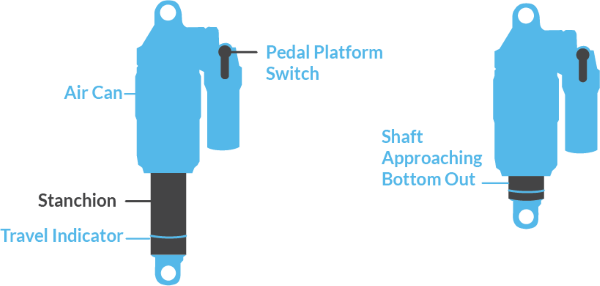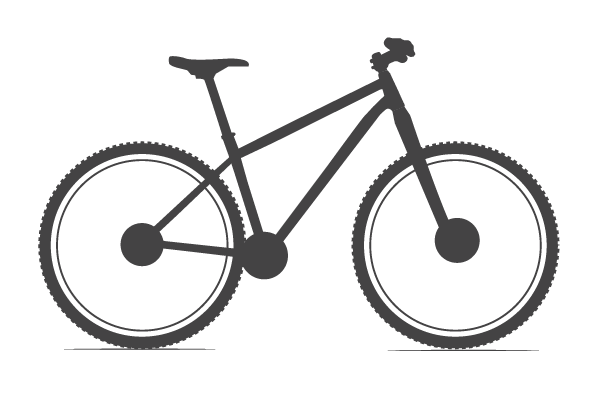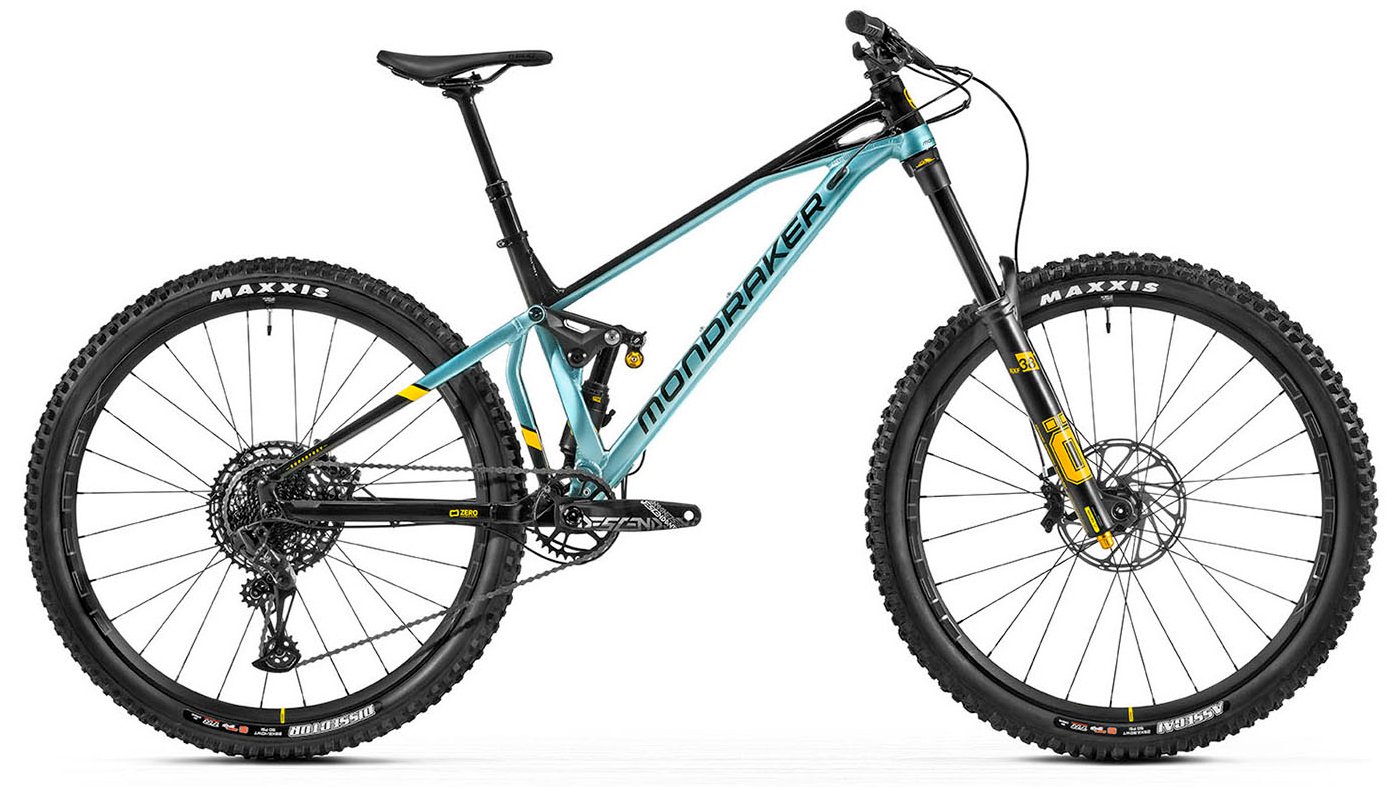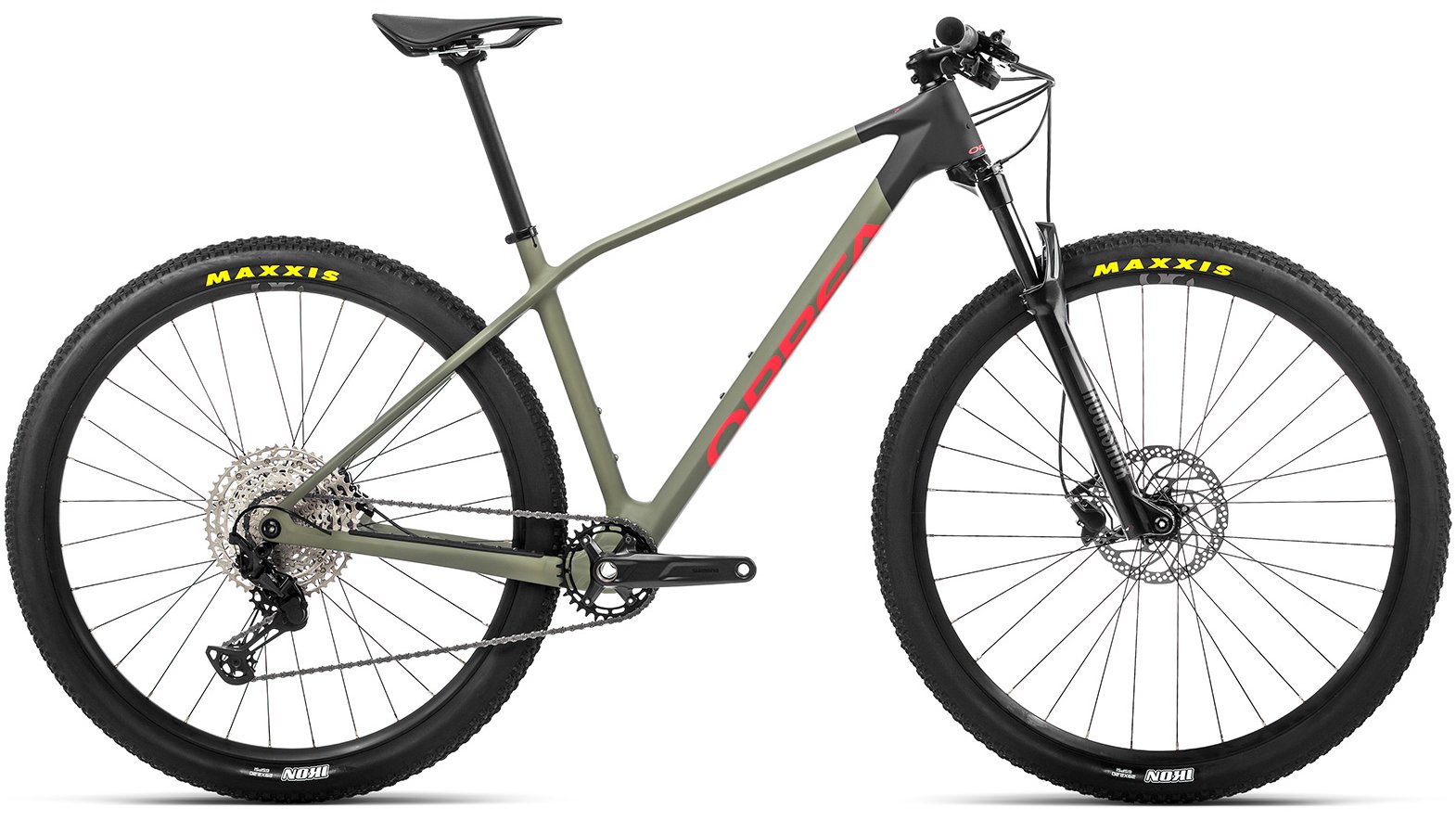Featured Brands
Recommended Products
WINTER20
Get free shipping, on most items, with your $50 purchase today! Same day shipping on most orders if placed by 3pm PST.
PLEASE NOTE:
This offer is only available to physical shipping addresses in the 48 continental United States (no PO Boxes), and some exclusions apply.
Oversize Charges
Some large and/or heavy items are subject to additional oversize charges that are separate from standard shipping costs.
Bike Build Process
All bikes are built, tested, tuned, and ready to ride upon shipment. The bike build process typically takes 2-3 days to complete depending on the bike model and the complexity of the build.
Stock Status
Orders for in-stock items placed by 3PM PST usually ship on the same day. Orders that include special-order or backordered items may be subject to shipping delays depending on product availability. Refer to estimated delivery times in cart when selecting shipping options.

Our Gear Advisors are Ready to Help.

Suspension is the nervous system of the bike. Your bike's suspension responds to all the variables you encounter while on the trail and does much more than just smooth out the bumps. It provides traction across slippery roots, support when landing off drops and helps hold speed through turns. This article will discuss how suspension works, common adjustments found on forks and shocks, travel lengths associated with the different categories of mountain bikes, and some frequently asked questions about mountain bike suspension.
Once you have a better understanding of mountain bike suspension, head back into our website and shop for your new fork or shock today.
In this article, we’ll teach you about:
Mountain bike suspension helps to smooth out your ride and provide traction on rougher trails by absorbing impact energy transferred through your wheels from uneven terrain. Today, mountain bike suspension can take a few different forms and changes drastically based on the intended use of the bike. Modern mountain bike suspensions can be found ranging from 80-200mm for both the fork and rear shock, with the larger amount of travel intended to take on more aggressive terrain.
Most mountain bikes have some form of suspension, however, there are some exceptions that don’t use any suspension at all. Some mountain bikes have just a fork (hardtail), while others have a fork and rear shock (full suspension), and a third kind uses no suspension at all (rigid). Suspension on a mountain bike is not mandatory to ride on trails. with that being said, having some form of suspension can greatly increase your capabilities on the bike and provide you with more comfort and traction on the trails.
There are two main movements in the suspension cycle, compression and rebound. Compression is the movement of the fork lowers or rear shock's stanchon towards the crown of the fork or air can. After the fork or shock has compressed, it will then retract back to its original starting position. This retracting movement is called rebound.
Let us looks at an example of encountering an obstacle on the trail, such as an exposed root. The first suspension unit to encounter the protruding root is your fork. As the wheel contacts the root, the fork will begin to compress, allowing the wheel to roll over the root and continue forward. Once the front wheel clears the root, your fork will then begin to rebound to return to its original starting position and ready to take on the next obstacle. Next, your rear wheel will hit the root and the compression/rebound cycle is repeated.
This cycle is continuously happening while riding and even the smallest bumps activate compression and rebound. Suspension as a concept is easy to digest but there are a few more features and adjustments found on most fork and shocks that add complexity to the cycle.
A fork and a shock are the two main suspension units found on mountain bikes. A fork is the suspension unit that mounts to the frame's headtube and holds the front wheel. The shock is the suspension unit incorporated into the frame and governors the rear wheels movement over bumps.
Tuning is the ability to adjust rebound, compression, sag and bottom out on a shock or fork. These elements of the suspension cycle can be regulated externally or internally to make a fork or shock perform in a desired manner. All these adjustments allow you to personalize your suspension or cater to a specific trail style.
All these adjustments make the suspension personal or cater to a specific trail style. A pedal or climbing platform is often designed into forks and shocks via switch or knob. This adjustment allows the rider to drastically stiffen up the suspension to maximize pedaling efficiency while on climbs.
The first stage of the suspension-cycle where the shock or fork is compressed from forces encountered on the trail. Compression adjustments on a fork or shock will make the fork more firm or supple by requiring more or less force to compress. There are two different types of compression adjustments, high speed (HSC) and low speed (LSC) compression.

The second stage of the suspension-cycle where the fork or shock returns from its compressed state to the starting position. Rebound adjustments make the suspension return to the starting position at a fast or slow speed. Fast rebound makes the bike feel lively or poppy. Slow Rebound makes the bike feel controlled and grounded. There are two types of rebound adjustments, low-speed rebound (LSR) and high-speed rebound and (HSR).

The location where a fork or shock has reached maximum compression. Volume reducers will add support (ramp up) at the end of your compression stroke if you are bottoming out to regularly, given your fork and shock air pressure is correctly adjusted.

Found across all disciplines of mountain biking are bikes designed around having a suspension fork and rear shock. The two suspension units work together and give the rider a balanced platform capable of navigating varied terrain. Where a hardtail must choose a specific line through a technical trail section, the dual suspension can glide through with less effort and more speed.

A hardtail is designed with only a front suspension fork. The theory behind a hardtail is that your legs act as the rear suspension of the bike to soak up elements encountered on the trail. There are numerous hardtail options available for Cross-Country to All-Mountain riding. On technical terrain, the hardtail will demand more energy and precision to control. XC hardtails come with forks in the suspension travel range of 80- 120mm and Trail hardtails will come with forks in the 120-130mm range. Newer, modern geometry hardtails are becoming more prevalent these days and can be found with 140-160mm forks fitting them into the All-Mountain discipline. Hardtails are lighter and climb better than a full suspension bike, but are harsher in rough terrain and don’t have as much traction.

A rigid frame is designed without suspension. Who needs it! The jaw rattling descents and pure energy directed straight to the pedals is the driving force of this ride experience. Having even a minimal amount of suspension, around 80-120mm, will reduce pedaling efficiency. The goal of a rigid frame is to maximize pedaling efficiency and be super lightweight. Rigid mountain bikes are found mostly in the XC category for racing applications.
| Full Suspension | Hardtail | |
| Price | More expensive | Less expensive |
| Maintenance | More maintenance | Less maintenance |
| Capability | Rougher trails | Smoother trails |
| Weight | Heavier | Lighter |
It can be hard to know whether you should be riding a hardtail or full suspension mountain bike. The average hardtail will be less expensive than your average full suspension bike and requires less maintenance. Full suspension bikes allow you to conquer trails some hardtails would have trouble on, but they will be heavier and typically less agile. Of course, there are some exceptions, such as lightweight, carbon fiber, full suspension bikes and long travel, slack geometry hardtails. Ultimately, it comes down to your riding style, the type of trails you have access to most frequently, and your budget.
When selecting the right suspension travel right for you, it is important consider the type of trails you will be riding and what experience you are looking to get out of mountain biking. Based on the four main categories of mountain biking and the type of trails and riding each one entails, make an educated decision about the suspension range best suited for you and the surrounding terrain.
Cross country is characterized by lightweight mountain bikes, usually with 29" wheels and around 80-120mm of suspension travel. XC travel is a balance between needed suspension and pedaling efficiency and is best suited for flowy single-track with easy to moderate technical sections. Since XC trails are less technically demanding, their suspension is designed to be supportive but relative to the terrain. Air sprung suspension is lighter and optimal for XC terrain. Suspension in this travel range usually comes with a lock out lever or remote to switch between climb and decent modes on the fly.
If you are interested in a trail or all-mountain bike with 120-160mm of suspension travel the options are plentiful. Trail bike suspension is designed to handle a wider array of terrain than its XC counterpart, while not sacrificing too much efficiency on the climbs. Suspension in the range of 120mm-140mm helps wheels roll over eroded trail, roots and rocks, and be more stable on descents. Flowing trails with moderately technical terrain and a good mixture of climbs and descents describes trail riding. Trail bikes are still relatively lightweight and have a great balance between capability and comfort.
All-Mountain riding is a more aggressive form of trail riding and is suited best by bikes with 140mm-160mm of suspension travel. This is the category where suspension starts becoming less about weight and more about feel and tunability. Words like supple, sensitive, and supportive are often used when describing fork and shock sensations. In this range, most forks and shocks will be air sprung but the options for coil sprung suspension is increasing. Small drops, roots splays, moderate jumps, berms, and a healthy amount of descending makes up all-mountain riding.
Trails in these areas are noted for steep and technical terrain filled with jumps, berms, rock-rollers, and rock gardens. Riding difficult terrain smoothly is the main goal in this category and the additional suspension travel is a key component. Like all-mountain bikes, Enduro bikes are built for taking on more technical trails, but still being efficient enough to retail some climbing ability.
In areas of high elevation relief, gravity bikes become popular. The trails are steeper, drops and jumps are bigger, and the terrain is more unforgiving. Since the forks and shocks are extra sensitive and have a large amount of suspension travel, bikes in this category are very location dependent to ride. Selecting a bike in this travel range is usually an easy decision if there are downhill trails or bike parks to visit regularly. Gravity and freeride bikes can be found with either single or dual crown forks and coil shocks become widely used.
As big as mountain bikes get. Downhill bikes use dual crown forks in the 200mm range and are burly additions to the fork family that have crowns above and below the headtube. The two crowns are added for rigidity when the forks are pushed to the limit. A massive coil shock in the rear, paired with a long wheelbase and a low center of gravity, make these bikes king at descending steep, aggressive terrain. Downhill bikes don’t climb, are only used for descending, and are usually only found in bike parks, trails with a shuttle road to the top, or racing.
Now that you have a better idea of what type of bike is best suited for you and the type of trails you ride, head into our website and checkout our full selection of mountain bikes.
Fox Racing, Rockshox, Ohlins, DVO, and Marzocchi all make top-quality suspension forks and shocks.
To maintain your suspension, you should send your fork and shock into a reputable bike shop, or to the suspension manufacturer themselves. JensonUSA offers a bike suspension service that caters to all the top brands and has a 72-hour turnaround time.
How often you should have your suspension serviced depends on how often and how hard you ride your bike. For more recreational riders, it is recommended that you have your suspension serviced at least once a year. If you ride more frequently and like to ride steeper, technical terrain, it is recommended to get your suspension serviced every 6 months or every 30-40 rides.
Most mountain bikes will come with an air shock in the rear. However, in disciplines such as gravity and downhill riding, coil shocks are almost always found on the rear of the bike due to their greater sensitivity and overall function. Coil shocks will be heavier than air shocks and are not as efficient when climbing compared to an air shock. Coil shocks have greater small bump sensitivity and are used when a rider does more downhill riding than uphill.
Hopefully this short guide has given you insight into the into the technical world of mountain bike suspension. You can find other helpful bike-related articles in our our blog under Guides, How-to's, and Learning Center.
SAVE 20% ON FIDLOCK
SHOP NOW
SHIP ALMOST ANYTHING & SAVE
SHOP NOW


,format=auto/globalassets/homepage/special-offers/2025_03/fidlock-sob.jpg)
,format=auto/globalassets/homepage/special-offers/2024-02/jensonusa-exclusives-sob.jpg)
,format=auto/globalassets/homepage/special-offers/2025_01/sob-jbs.png)
,format=auto/globalassets/homepage/special-offers/2024-06/one-up-hub-hub.jpg)
Follow Jensonusa